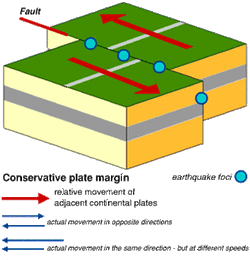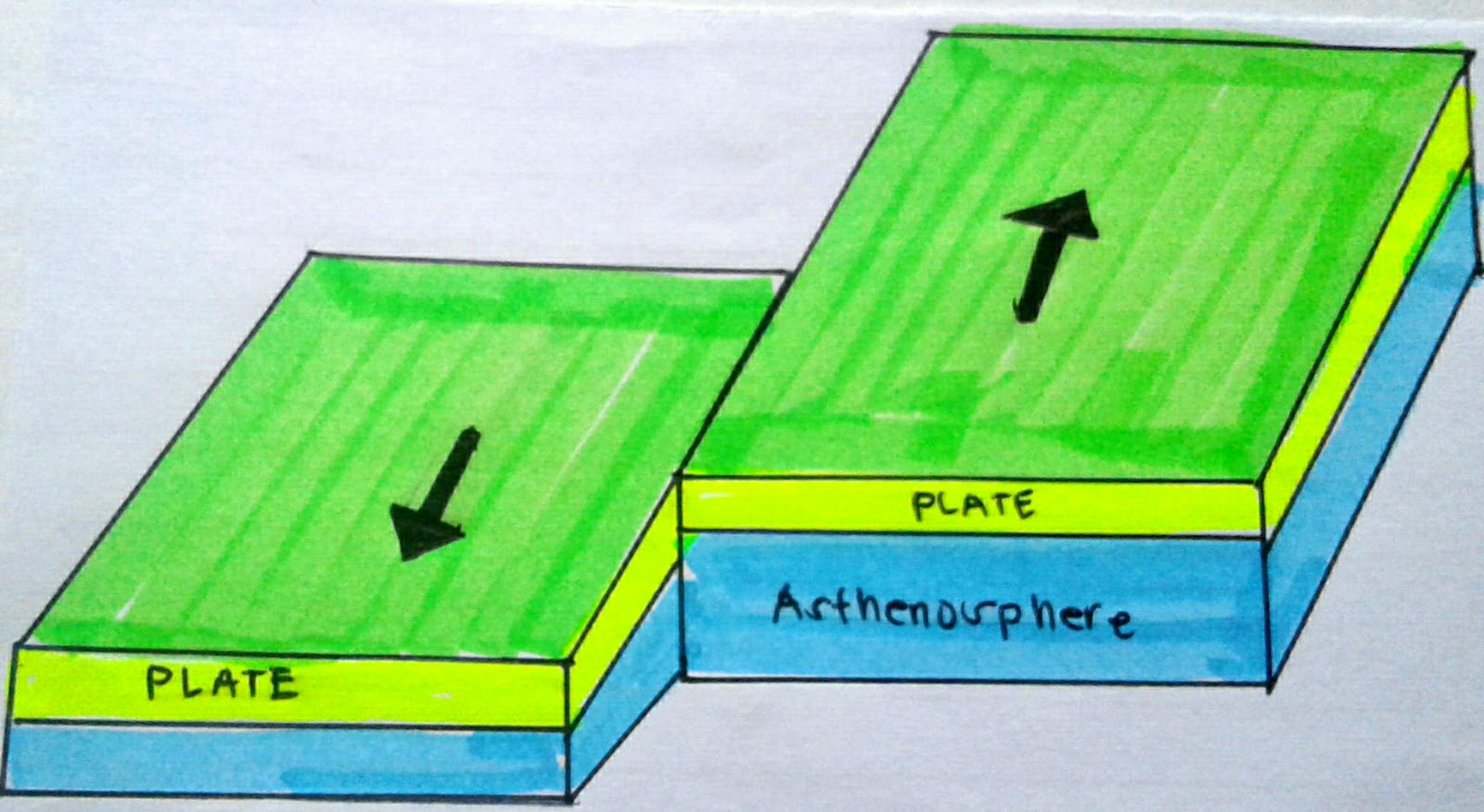
The image on the right (b) shows the geometrical relationships used to describe plate movements around a pole of rotation. The image on the left (a) shows the geometry of an example plate boundary where plates A and B are diverging from a mid-ocean spreading ridge with segments that are separated by transform faults (thick black line). Since tectonic plates are not flat-they collectively form the surface of our spherical planet-their movements are best described as rotations around a pole (Euler geometrical theorem). A map of the entire world ocean was published in 1977 (see University of Chicago web site). It was painted by Heinrich Berann, based on Tharp and Heezen’s work. The map above ( ICA web site) was published by the National Geographic in 1968. Their map revealed continental shelves and slopes (areas adjacent to coastlines that are actually parts of continents), abyssal (deep) plains, and mid-ocean ridges, among other features. She and her colleague Bruce Heezen stunned the scientific community in the 1950s when they first shared their maps, which revealed a much more complex ocean seafloor than was previously imagined. Marie Tharp, a geologic and oceanographic cartographer, painstakingly used ship soundings to create bathymetric (depth) profiles across the ocean.

This map was both a scientific breakthrough and an artistic achievement.


The majority of transform boundaries are found in the ocean, where they separate segments of the mid-ocean ridges, as shown in the map of the Atlantic ocean floor above.


 0 kommentar(er)
0 kommentar(er)
